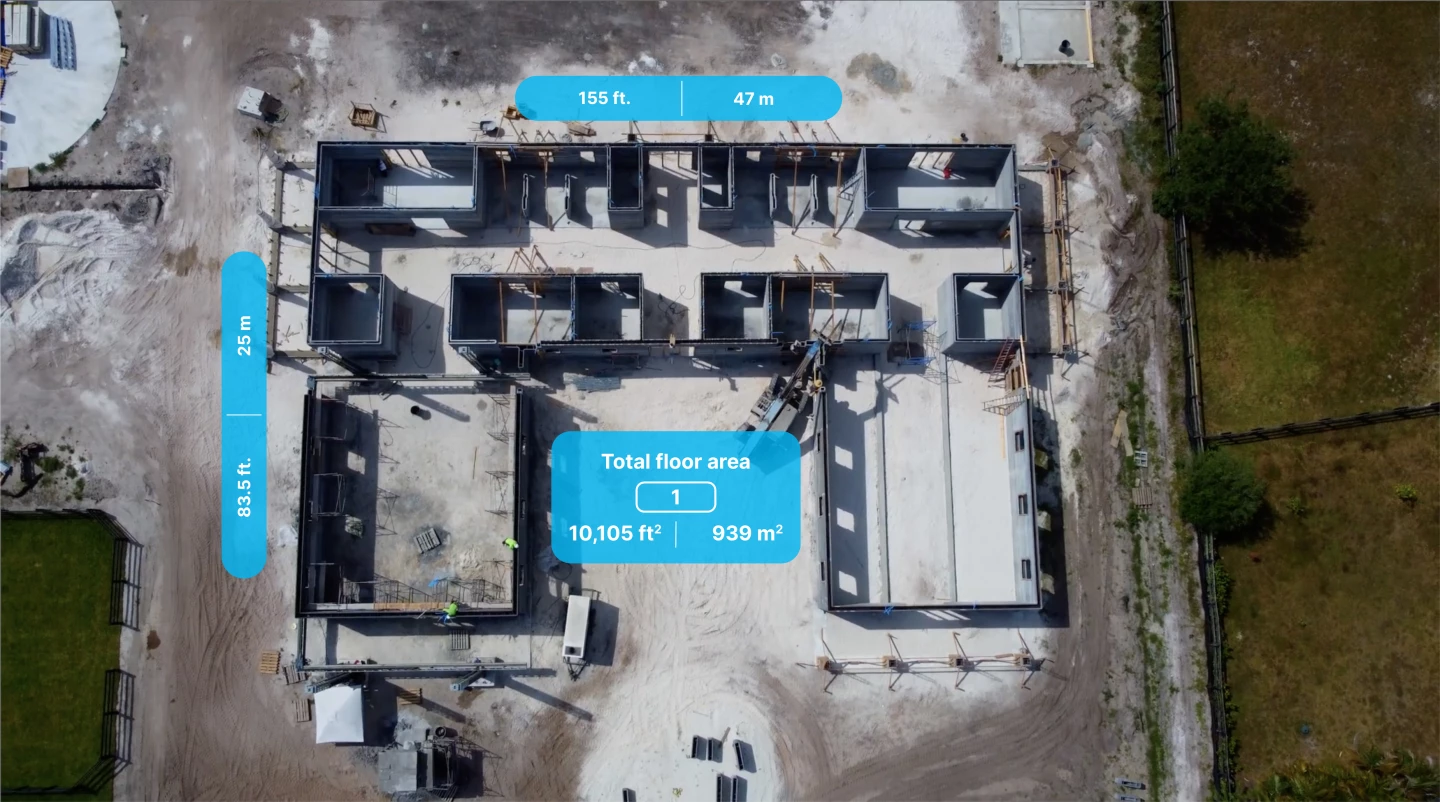With projects like the 100-house development in Austin, Texas, and NASA's Mars habitat, 3D-printed architecture is really taking off in the United States. Another major milestone comes from Printed Farms, which is nearing completion on what it calls the world's largest 3D-printed building, a "luxury horse barn" in Florida measuring roughly 10,100 sq ft (almost 940 sq m).
To get the firm's bold claim out of the way first, as far as we can tell, the project is indeed the world's largest 3D-printed building, though it's such a fast-moving area of technology that there may well be a company out there about to take the wraps off something even larger.
The total length of the single-story structure is 155 ft (47 m), and its width is 83 ft (25 m) while its height comes in at 13 ft (4 m). To help build it, Printed Farms made use of a single COBOD BOD2 3D printer, which was the same model used to create Europe's first two-story 3D-printed home.
As is typical of 3D-printed projects we report on, the build process involved the sophisticated robotic machine extruding a cement-like mixture out of a nozzle, creating the walls in layers. Of course, the printer isn't large enough to build the entire horse barn in one go, so it was instead printed in multiple sections, starting with the sides of the building and finishing with the middle. We've no word on how long the entire thing took, but we do know that it took 18 days to complete 3,200 sq ft (297 sq m).

The 3D printing is now complete and work is ongoing by human builders to finish the building off. They will need to install the roof, any windows and doors, plus electrical fittings and anything else required. The building was also designed with local weather conditions in mind and the idea is that it will take extremes of heat and wind in its stride.
"Situated in Wellington in Southern Florida, the world's largest 3D-printed building has been constructed to withstand extreme local weather conditions including hurricanes and tropical storms," explained COBOD in a press release. "The versatility and benefits of 3D-printing technology are also demonstrated through the structure's 3D-printed walls that create a cavity and air gap which provides natural cooling to the building."
Source: COBOD






